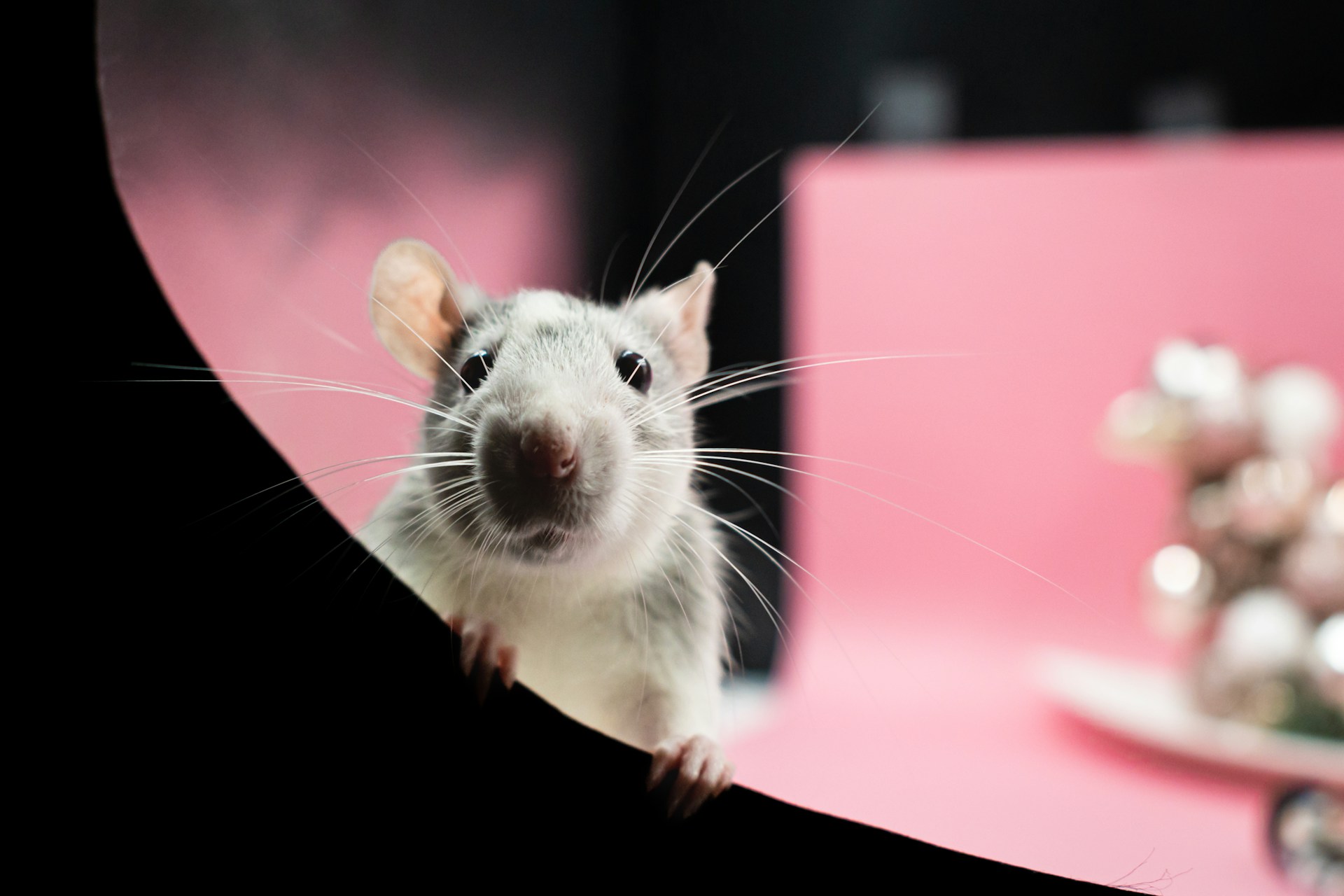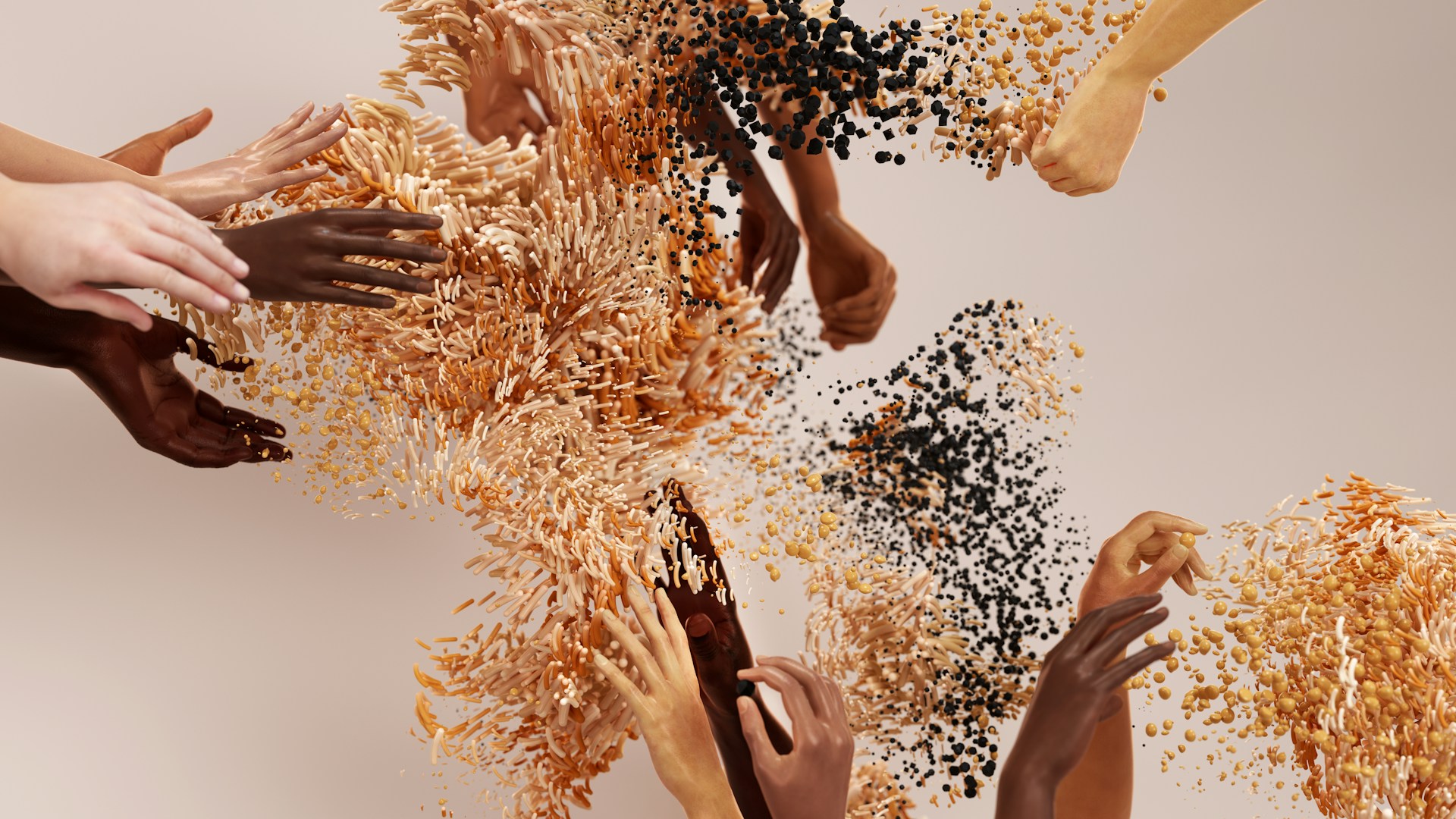Can ancient treatments change the future of medical care? Photo Credit: Bundo Kim via Unsplash
Ancient civilisations roamed through forests and fields, seeking remedies for ailments. Among the many secrets hidden in nature, they stumbled upon a curious remedy: the bark of the willow tree. The boiled willow bark water was the cure for many ailments, including headaches, fever, and pain. Little did they know, this seemingly insignificant plant would be the catalyst for a revolution of medicine, igniting a journey to cultivate thousands of remedies.
Like the willow bark, many other plants that were used as ancient medications are the basis of medicine currently listed as conventional treatments. The poppy seed was also used for treating pain, and now this class of drugs is called opiates, such as the familiar medication morphine. Quinine, a common malarial medicine, was derived from chinchona bark. The herb echinacea was widely used in the United States to fight infections prior to the discovery and synthesis of antibiotics. Digitalis, a cardiac glycoside is derived from the plant, foxglove. Rauqolfia serpentina, widely grown in India, was identified to have anti-hypertensive action, and now used as an antidepressant, marketed by the name reserpine.
There are many traditional medications that have not been tested clinically, which might hold potential as remedies for diseases that do not have a treatment currently. Thus, some scientists have looked at ancient medical treatises to discover new medications. In Traditional Chinese Medicine (TCM), ‘Huang Qin Ge Gen Tang’, is a multifactorial herbal remedy, that was used to alleviate nausea. Recently, studies have unveiled its anti-tumour properties and its potential to combat colorectal cancer. This exemplifies the ongoing efforts to integrate traditional medicinal practices with modern scientific approaches and potentially repurpose the drug for other illnesses.
This exemplifies the ongoing efforts to integrate traditional medicinal practices with modern scientific approaches and potentially repurpose the drug for other illnesses.
Across different cultures, a shared reverence for the healing properties of plants prevailed, albeit with distinct approaches to their preparation and utilisation. Scholars and healers of antiquity, dispersed across the globe, offered a spectrum of perspectives on the spiritual and causal underpinnings of health and malady, many of which were recorded in books. The ancient Egyptians associated bodily ailments with specific gods and demons, and the ancient Chinese linked diseases to ancestral curses during the Shang dynasty. Despite these widespread spiritual healing practices being unconventional in modern times, ancient civilisations demonstrated advanced knowledge of medicinal plants, many of which form the basis of modern pharmaceuticals. .
Early Medical Texts
Among the earliest known medical treatises is the Nineveh Medical Encyclopaedia, originating from Mesopotamia in the 7th century BCE. The encyclopaedia contains over fifty tablets, describing medical practices, sometimes through visual imagery . However, many of these tablets met a tumultuous fate when Nineveh was ransacked in 612 BCE, leaving them fragmented. Even today, specialists grapple with the task of reassembling the pieces and deciphering the texts. This challenge is compounded by the antiquity of the language, which fell out of use over 2000 years ago. Amidst the broken shards lie invaluable insights into ancient healing practices. These tablets describe concoctions used for salves and bandages, healing remedies for an upset stomach, and much more. Among the ingredients listed are various medicinal plants and other substances, including dried excrements of a dove; a curiously specific element rarely used today.
Amidst the broken shards lie invaluable insights into ancient healing practices.
Ancient Egypt 1500 BCE
Reported to be from the 17th century BC, the Edwin Smith papyrus from the ancient Egypt contains up to 48 cases of wounds and injuries. Interestingly, the sentence describing the 48th case listed in this papyrus was never finished, many speculate that the writer was attending to the described case that needed immediate attention. From around the same time, Ebers papyrus, listed more than 700 therapeutic flora, including aloe vera, Boswellia carteri, and castor oil. Many parts of the world still use and believe in the anti-inflammatory properties of ginger and turmeric to fight infections and the benefits of mint tea for an upset stomach. The ancient treatises all mentioned “the use of tjeret or salix,” also known as willow in English, for various medical concerns. This medical knowledge was passed on as empires rose and fell, and similar uses of willow bark and other medicinal plants were recorded in ancient Greece a few hundred years later, as well as during the Islamic golden age, two centuries after the Edwin Smith papyrus.
This medical knowledge was passed on as empires rose and fell
Ancient Greece and Rome
The ancient Greek have been revered for creating the foundation of modern medicine. However, much of their knowledge and ideas of medical practices were influenced by past civilisations. In terms of medical flora, the ancient Greek mentioned similar plants detailed in previously recorded medical treatises. However, the ancient Greek were unique in their thinking about healing, in which they almost completely steered away from “spiritual healing”. Hippocrates, a fifth-century BCE physician, wrote the Hippocratic Corpus, which consisted of teachings that shifted towards studying the natural causes of diseases, generalising from observed cause and effect (‘crasis’ and ‘dyscrasia’) relationships. You may be familiar with the revered “Hippocratic oath”, solemnly sworn by doctors in their white coat ceremonies, which was named after this Greek healer. The use of willow in ancient Greece was reported in several treatises, one of them stated that Hippocrates recommended the administration of boiled willow bark for women in childbirth. Many other Greek physicians contributed to this thriving era of scientific development and continued their work during the Roman Empire. Dioscorides, a Greek physician and pharmacologist who served in the Roman army (40 – 90 CE), wrote ‘De Materia Medica’, in which he mentioned around 600 medicinal plants, along with their dosage and efficacy. A tremendous number of substantial findings were compiled during the classical antiquity, many of which are not refuted by modern science. Following civilisations have also added and refined these findings.
The Dark Ages
In the western world, the medieval period between the 5th and 14th century CE are termed the “Dark Ages”, where no significant knowledge, innovations, and inventions persisted. This time period occurred just after the fall of the ancient Greco-Roman empire, an era that has been celebrated as the basis of western modern medicine. Interestingly enough, what is less known and taught was the fact that most of the knowledge from the Greco-Roman empire was passed down to the Muslims during the Islamic Golden Age, whereby this knowledge was preserved, translated and developed. If not for the work done during the Islamic Golden Age, knowledge of medicine, mathematics, and astronomy may have been lost and the Renaissance in Europe would have not been able to carry on and develop past knowledge to our current modern medicinal practices.
…no significant knowledge, innovations, and inventions persisted.
The Islamic Golden Age
From the 7th century CE, the Islamic Golden Age started and spanned for almost 700 years. The medical books from the Greek, Romans, Syrians, Persians, Egyptians, and Sanskrit were translated to Arabic during this time. Amongst the many therapies for varied ailments, the use of willow bark also got translated and its knowledge carried on in this civilisation. One example of this is one of Ibn Sina’s recommendations for contraception, which is the use of willow leaves “mixed in equal parts with oil of colocynth, white jalap, sulfur, scammony, cabbage seed, and tar”. The Muslims added many of their own observations and innovations, correcting some of the older ideas proposed by previous civilizations. During the Islamic Golden Age, mathematics, astronomy and medicine thrived, exemplified by the many books and innovations recorded. ‘The House of Wisdom’, established in 830 AD by Caliph Al-Mamum, in what is now Baghdad, stored up to four hundred thousand books and manuscripts, enabling translations of foreign works, many which came from Greece, into Arabic.
Moreover, the establishments of medical institutions or hospitals within this era revolutionised medicinal practice. The first hospital established during the Islamic Golden Age was credited to Caliph Al-Walid I, who reigned in the years 705 – 715 AD, in what is now Baghdad, Iraq. Islamic medicinal practices were some of the first to establish secular medical institutions and were welcoming to all. Influenced by their Islamic teachings, the medical institutions promoted welfare for the poor and needy. Serving up to 8,000 people, one of the largest and one of the first secular hospital ever constructed was in Cairo in 1248. Egypt at the time, and still to this day, had two major religions, Islam and Christianity. It was recorded that this hospital held not only its own pharmacy, library, and lecture halls, but also a mosque for Muslims and a chapel for Christians. Islamic scholars and physicians at this time were revered as the first to accurately describe plague, diphtheria, diabetes, gout, cancer, leprosy, rabies, and epilepsy. Ab Bakr Muhammad Ibn Zakariya Al-Razi, an Islamic physician simply known as Razi, was the first man to describe smallpox and measles in a modern and scientific manner in the 9th century. Ibn Sinna and Razi were the first people to introduce quarantine to isolate those who have been infected by an infectious disease. Scholars at this time also conducted numerous clinical investigations, and have also used animal models to study and practice on, just like modern medicine does.
Mongol Empire & the End of the Islamic Golden Age
In 1258, the Mongol invaders conquered Baghdad, ending the Islamic Golden Age, putting this impressive medical knowledge at risk.However, the scholars’ legacy lived on through the translation of Islamic medical knowledge to European languages, which ultimately became the basis and language of modern medicine.
1700CE – Present Day
Despite thousands of years of use, the medicinal properties of willow were never studied clinically until the 1700s. Reverend Edward Stone (1702–1768), a fellow at Wadham College, University of Oxford, examined the use and efficacy of willow by drying the boiled willow water to produce a powdered version of the medicine. However, the active compound of willow was not identified until 1828 by Joseph Buchner, who successfully refined the willow bark into yellow crystals, which he named Salicin, after salix. In 1829, Henri Leroux from France further developed Salicin extraction, and nine years later Raffaele Piria refined the compound and produced salicylic acid. Many scientists subsequently optimised the compound, notably Charles Gerhardt attached an acetyl group to the compound, producing the known compound in aspirin: acetyl salicylic acid. This was further improved by Felix Hoffman in 1894, and 5 years later in 1899, the compound was named aspirin, which was first approved for use by the FDA in 1980.
Aspirin is not the only medicine that was derived from a medicinal plant used for millennia. Other pharmaceuticals, some of which were mentioned above, such as quinine, digitalis, reserpine, and taxol, are all derived from medicinal plants that were used by ancient and medieval civilisations. There is a lot to learn from ancient medical treatises and scholars, not to only discover potential novel treatments, but also to learn the history of modern medicine, and appreciate the work that has been done thousands of years ago. Perhaps learn from their mistakes and implement their successes to refine the flaws in our modern medicine system.





